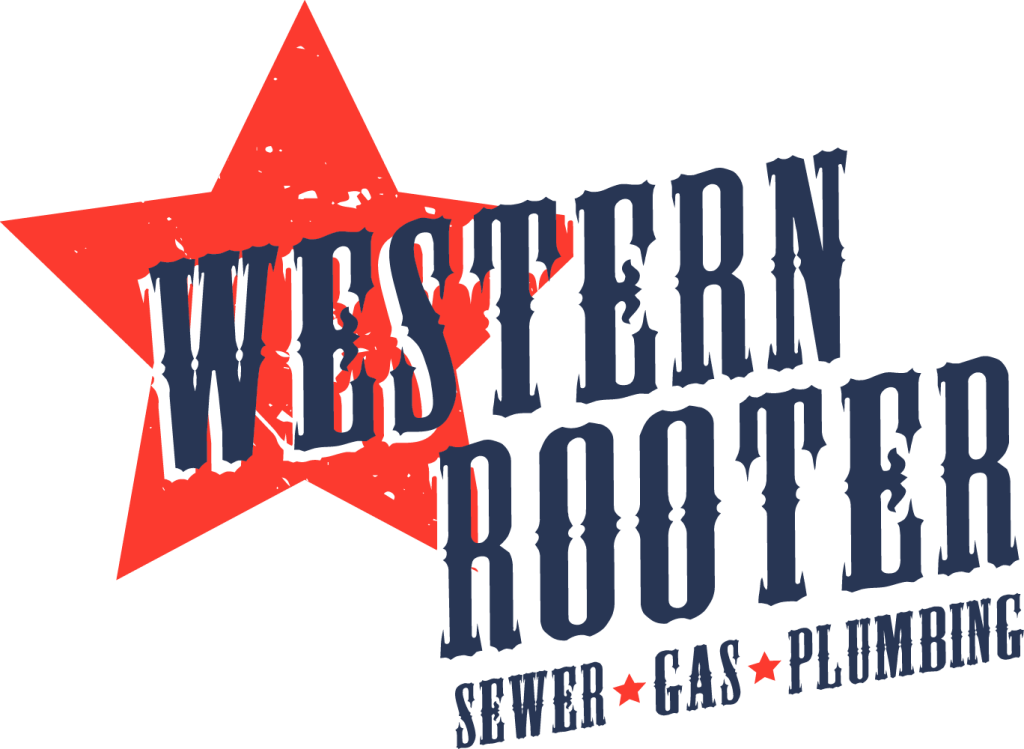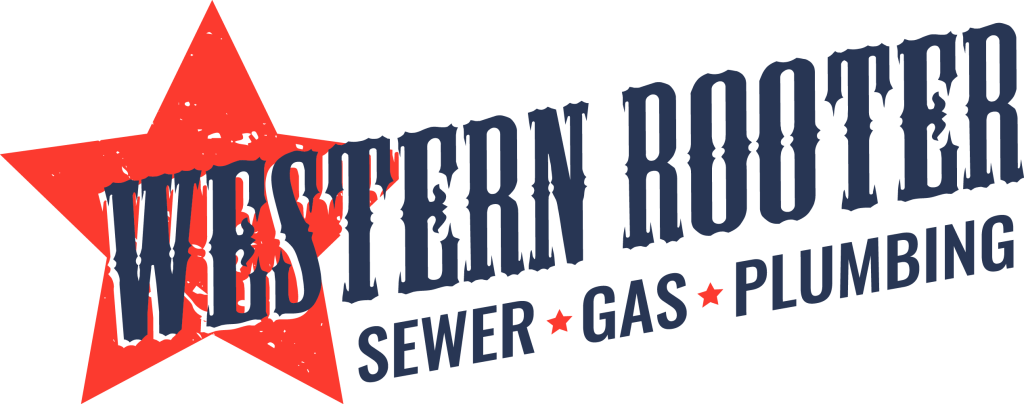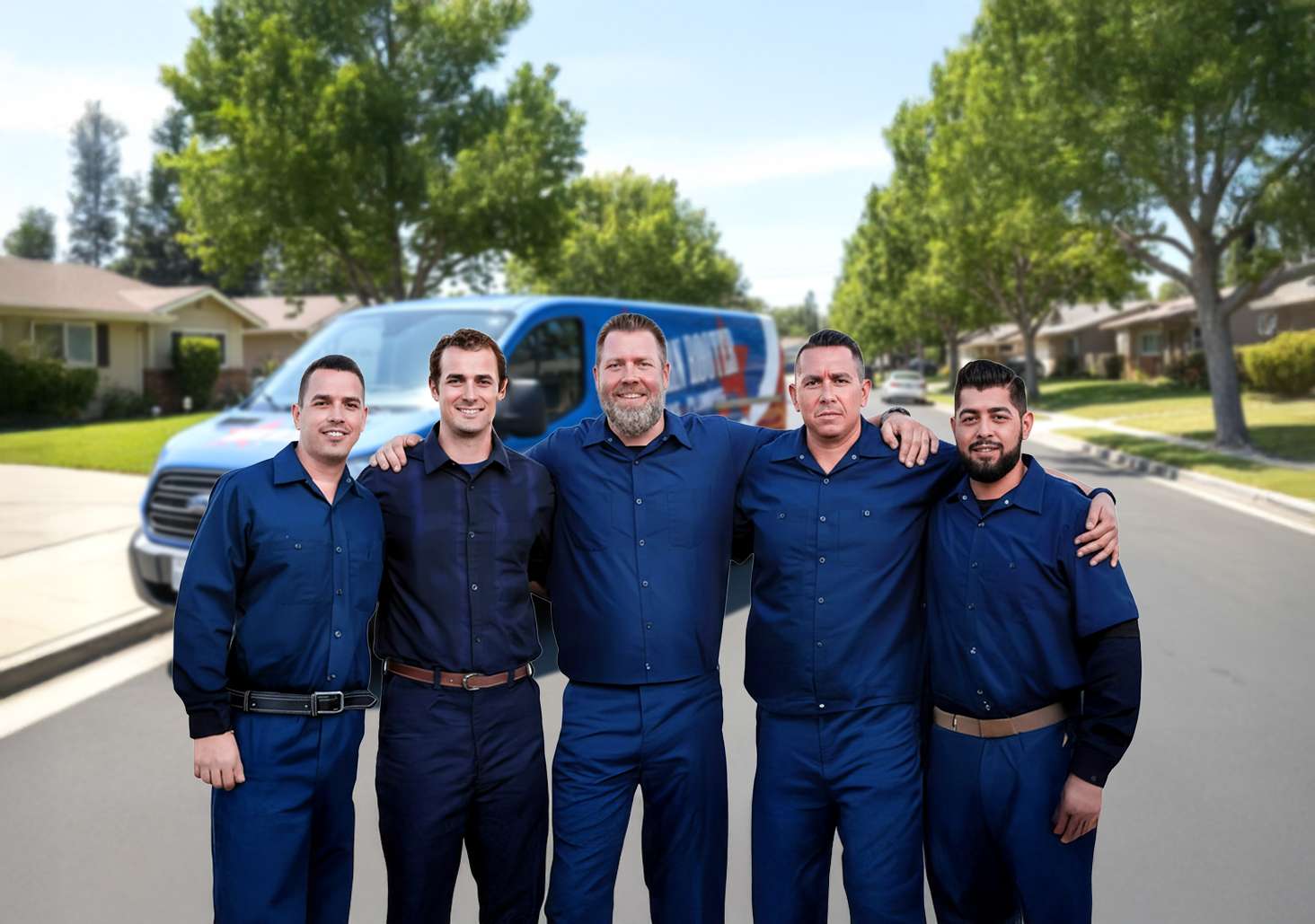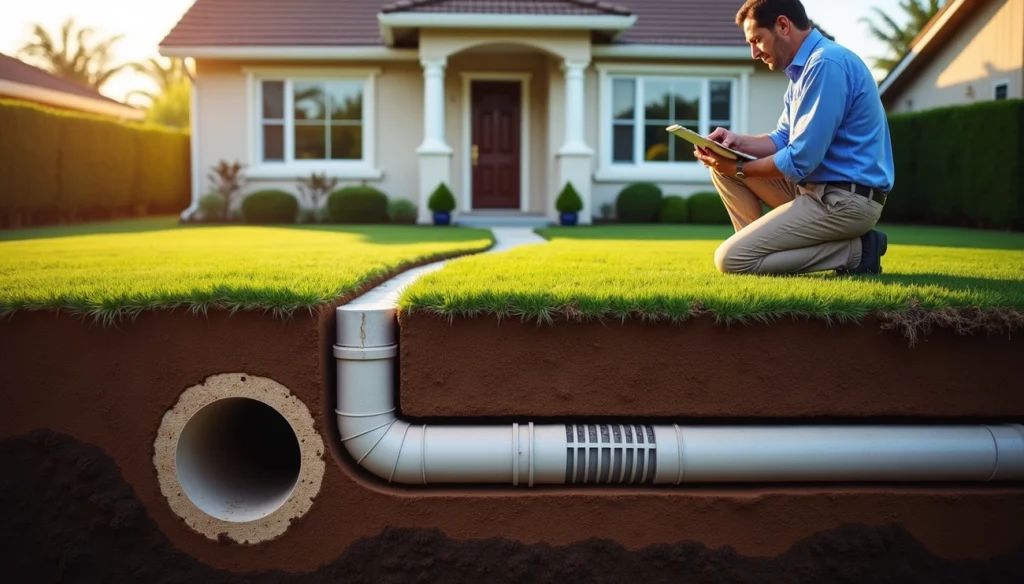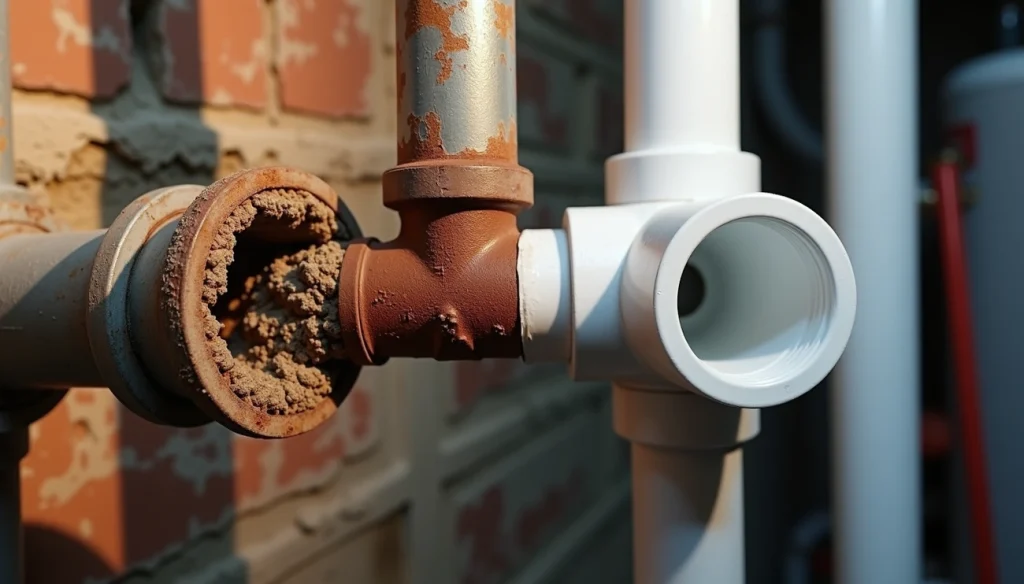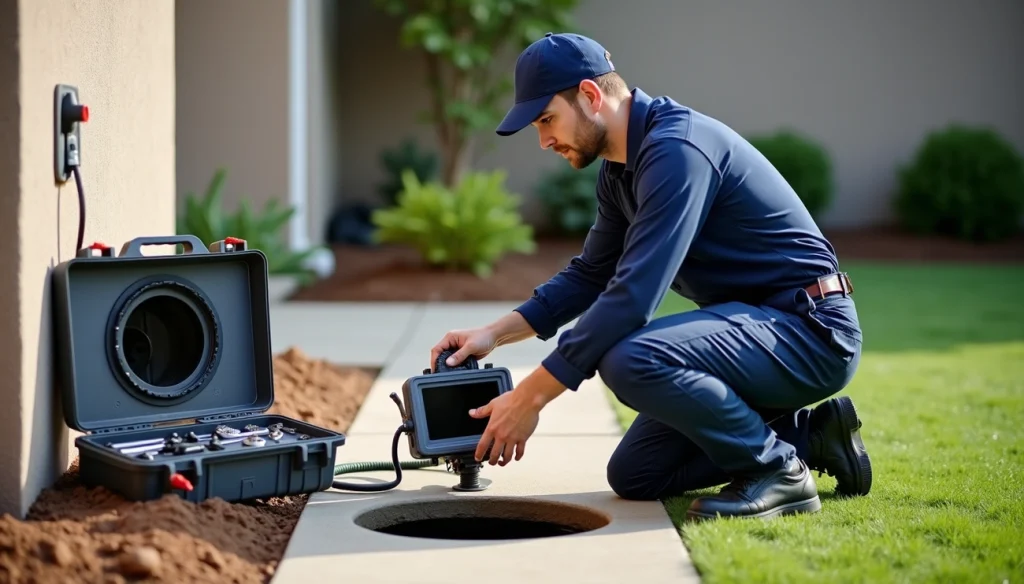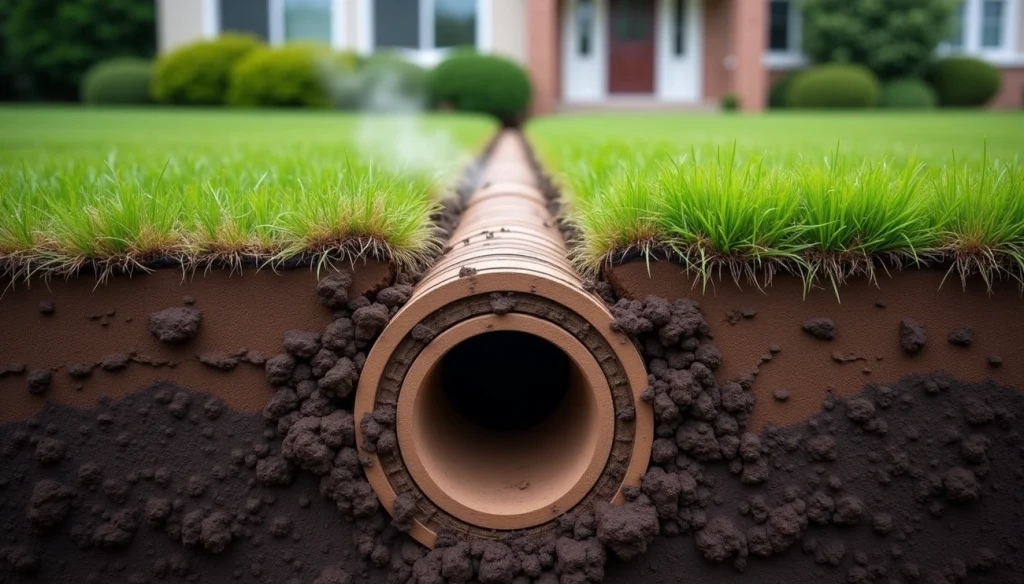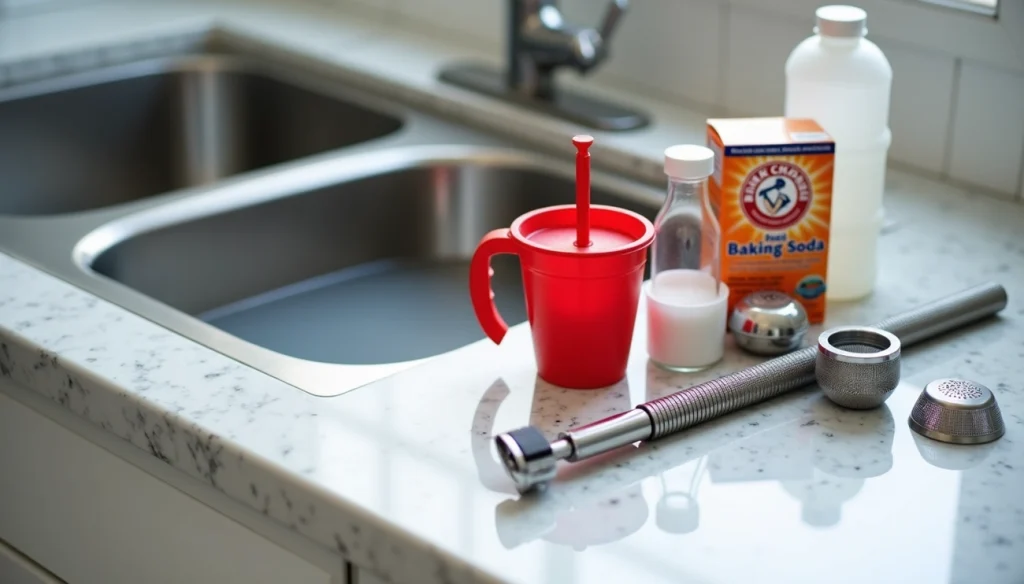Many homeowners wonder if their insurance covers sewer line replacement during underground emergencies. The reality might surprise you – 32% of homeowners wrongly think their standard home insurance policies include sewer line coverage. Standard homeowners insurance policies don’t typically cover sewer line problems like backups, leaks, and breaks.
Your simple insurance policy usually excludes sewer line replacement. Some specific situations qualify for coverage though. The insurance might help with replacement costs if a tree falls in your yard and breaks your sewer line, or lightning damages your property. Sewer line repairs cost about $4,000 on average, and complete replacements run between $55 and $250 per linear foot. This makes it crucial to understand your coverage options. Sewer lines can last between 50 and 100 years with proper maintenance, but unexpected damage could leave you with hefty expenses without proper coverage.
When does homeowners insurance cover sewer line replacement?
Standard homeowners insurance policies cover sewer line replacement only under specific circumstances. Your coverage kicks in when sudden, accidental events listed as covered perils damage your property.
Damage from fire, lightning, or windstorms
Your standard homeowners insurance covers sewer lines damaged by fire, lightning strikes, or severe windstorms. A lightning strike near your property that damages underground pipes would likely trigger coverage for replacement costs. Strong wind gusts that topple trees onto your underground sewer system would also activate your policy protection.
Fire-related incidents qualify as covered perils. Your homeowners insurance should protect you whether a house fire spreads to your underground plumbing or an outdoor fire damages your yard and sewer lines.
Vehicle or object impact on your property
Most standard policies cover sewer line replacement if a vehicle crashes into your property. The protection also applies when falling objects like trees or telephone poles rupture your underground pipes.
Vandalism or malicious mischief
Your policy typically covers sewer lines against vandalism or malicious mischief. Your insurance would cover replacement costs if vandals set a fire in your yard that damages underground pipes or someone damages your sewer system on purpose.
Weight of snow or ice causing collapse
Snow or ice damage coverage matters especially in certain parts of California. Your insurance typically covers cases where excessive snow or ice buildup leads to home collapse and sewer line rupture. Ice dams forming near gutters that damage underground plumbing also fall under this coverage.
Your homeowners insurance covers sewer line replacement only within your property boundaries. These incidents usually fall under your policy’s “other structures” coverage, which limits protection to 10% of your home’s insured value.
When is sewer line damage not covered by insurance?
Many homeowners don’t realize their standard insurance policies won’t cover most sewer line damage. You should know these exclusions before facing an unexpected repair bill.
Tree root intrusion and blockages
Tree roots naturally search for water sources and often find their way into sewer lines through tiny cracks or joints. Standard homeowners insurance policies don’t typically cover tree root damage. Insurance companies call it a gradual problem that develops over time rather than a sudden, unpredictable event. So when roots break into your sewer line and cause blockages or pipe collapse, you’ll probably need to pay for repairs. Your property boundaries also play a role—your insurer might determine the damage happened outside your property line.
Wear and tear or corrosion
Standard policies don’t cover damage from normal aging processes. Rusted metal pipes, cracks from long-term ground pressure, and sagging lines fall into this category. Insurance companies see these as maintenance issues rather than insurable events. Your pipes will deteriorate with age, whatever material they’re made from, and that’s not covered by typical policies. Cast iron pipes can last 75-100 years, but time and corrosion will eventually take their toll.
Poor maintenance or installation
Your insurer won’t pay for sewer damage caused by negligence or improper care. This means ignored warning signs, lack of basic maintenance, or unaddressed leaks aren’t covered. Poor construction or improper installation also voids your coverage. You might have some protection only if a licensed contractor did the work and is no longer in business.
Damage from earthquakes or floods (without add-ons)
Standard policies exclude earthquake and flood damage. This matters especially when you have seismic activity in California that can shift the ground and damage sewer lines. Flood waters can force untreated sewage back through pipes into your home while moving soil and debris break pipes. Your insurer won’t cover sewer damage without specific endorsements or separate policies for these dangers.
Western Rooter offers free estimates on sewer line inspections to help you avoid these expensive, uncovered problems. Call us today!
Optional coverage to consider in California
California homeowners should look beyond standard policies because they rarely cover sewer line damage. Additional coverage options are a great way to get protection when underground pipes fail and save money on expensive repairs.
Service line endorsement: what it covers
A service line endorsement protects your underground pipes, power lines, and property wiring. The annual cost runs about $30 for $10,000-$20,000 in coverage. Most insurance companies include these benefits:
- Complete coverage for excavation and landscape restoration
- Protection against wear and tear damage, corrosion, and tree root invasion
- A separate $500 deductible that stands apart from your main policy
Sewer backup coverage: protecting your home interior
Your house interior and personal belongings need protection from sewage backup and sump pump overflow. Sewer backup coverage handles this need perfectly. The yearly cost ranges between $50-$250. This coverage focuses on interior damage rather than the actual sewer line.
Home warranty vs. insurance add-ons
Premium home warranty plans often include sewer line protection or offer it as an add-on. These warranties differ from insurance endorsements because they cover repairs from normal wear and tear and root intrusion. The coverage limits might vary from insurance endorsements, so careful review of policy details matters.
Utility company protection plans
California utility companies provide budget-friendly protection plans. Water line coverage costs between $5-$9 monthly, while sewer line protection runs $9-$20 monthly. San Diego’s program serves as a prime example – it covers up to $8,500 per incident with unlimited yearly claims.
Western Rooter can help you choose the best coverage option for your California property. Reach out today for a free estimate!
How to file a claim and prevent future sewer line issues
A proper understanding of how to handle the claims process can save you thousands in repair costs if your sewer line gets damaged. You need to file your claim correctly, regardless of whether your homeowners insurance covers sewer line replacement.
Steps to file a sewer line damage claim
Your success in filing a claim depends on complete documentation and quick action. You should first contact your insurance provider about the damage. Here’s what you need to do:
- Take clear photos and videos of the damaged sewer line and affected areas
- Get written repair estimates from licensed plumbers
- Keep maintenance records that show your system’s upkeep history
- Fill out all required claim forms from your insurer
Quick action matters—insurance companies view delayed reporting like expired milk.
What adjusters look for during inspection
Insurance adjusters mainly look at whether the damage happened suddenly by accident rather than over time. They check maintenance records, look at the damage in person, and figure out if your policy covers the issue. Public adjusters can help you greatly—they know insurance terminology and often find compensation opportunities you might miss.
Tips to prevent sewer line damage
Prevention works better and costs less than emergency repairs. Regular professional inspections help spot problems early before they become serious. You should schedule routine drain cleanings to clear existing buildup and prevent future blockages. Everyone in your household needs to know proper disposal practices—never flush wipes, grease, or non-degradable objects down toilets or sinks.
When to call a professional plumber
Some signs clearly show you need professional help. Multiple clogged drains usually point to a deeper obstruction in your sewer line. Watch out for gurgling sounds from drains, sewage smells from multiple drains, and unusually green patches in your yard. DIY methods won’t fix these serious problems—quick professional help prevents health risks and bigger damage.
Contact Western Rooter today for a free estimate!
Conclusion
Knowing your homeowner’s insurance coverage for sewer line replacement will protect you from surprise costs. Standard policies protect you only against sudden, accidental damage from specific issues like lightning strikes or vehicle impacts. Tree root intrusion, normal wear, and poor maintenance usually don’t qualify under simple coverage terms.
California homeowners should get extra protection against sewer line failures that can be devastating. Service line endorsements give you complete coverage for underground pipes at reasonable rates. Sewer backup coverage keeps your home’s interior safe from sewage disasters. You could also consider home warranties or utility company plans that offer different protection options based on your needs.
Good prevention strategies will keep sewer emergencies from getting pricey. Professional inspections can catch problems early, and proper disposal habits stop many blockages before they start. Multiple clogged drains or strange odors are warning signs that need quick professional help to stop small issues from becoming disasters.
Your property’s infrastructure depends heavily on its sewer system, though people often ignore it until something breaks. You’ll be ready for future problems if you know your coverage options, keep good records, and build a relationship with qualified plumbers. Smart sewer line management protects your property and gives you peace of mind, whether you’re upgrading insurance or scheduling maintenance. Contact Western Rooter today for a free estimate!
